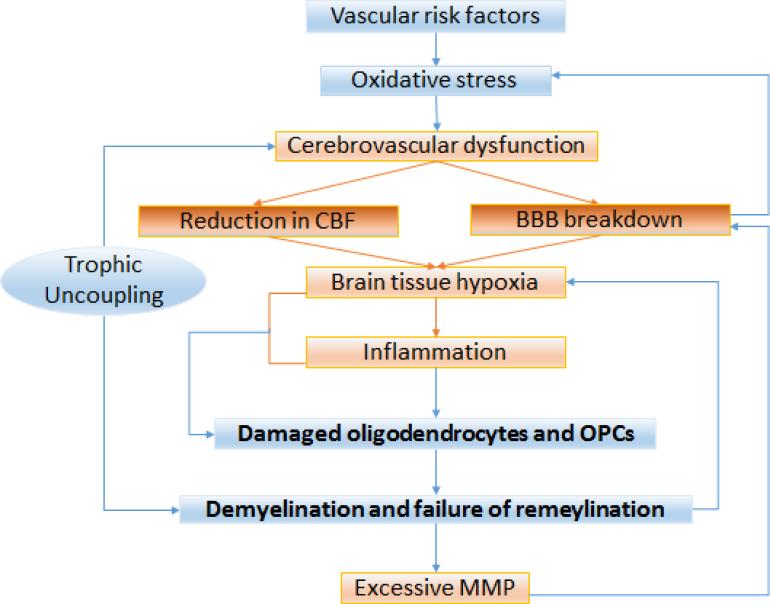Fig. 3. Pathophysiology of WM injury in VCID.
Vascular risk factors such as aging, hypertension, and diabetes result in systemic oxidative stress, which may induce cerebrovascular disorders. Two major consequences of cerebrovascular dysfunction are CBF reduction and BBB breakdown, leading to brain tissue hypoxia and inflammation. WM is particularly vulnerable to hypoxia, leading to damaged oligodendrocytes and OPCs. Loss of trophic coupling facilitates demyelination and interrupts remyelination, thereby predisposing axons to atrophy. Due to increased energy consumption during the action potential, tissue hypoxia is exacerbated. Injured OPCs secrete MMP, which amplifies BBB breakdown, leading to a feed-forward cycle that is vascular-oriented and culminates in WM injury.

